Akasa Air Close to Finalising Order for 150 Boeing Aircraft at Wings India
Radhika Bansal
03 Jan 2024
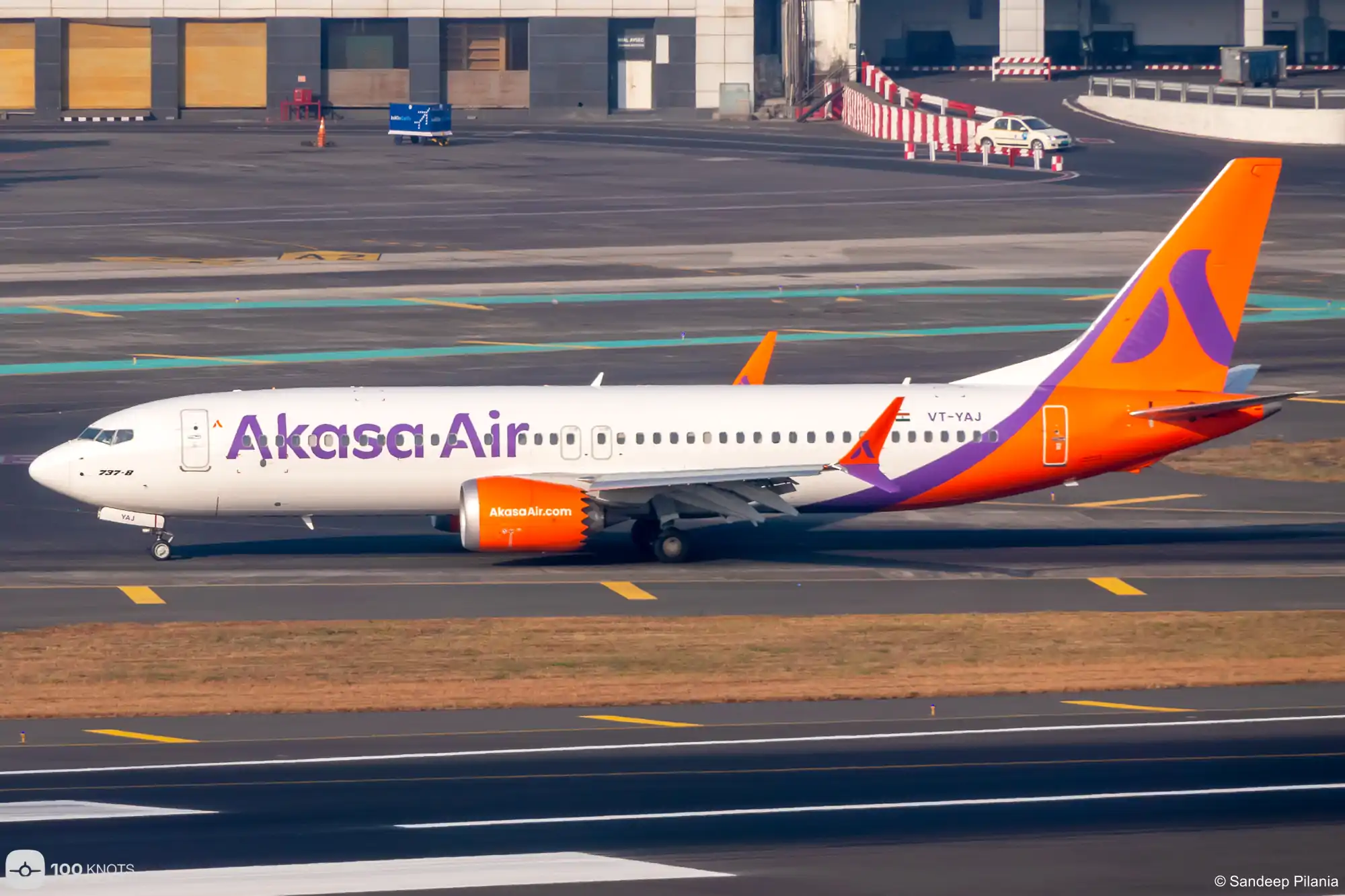
Akasa Air is set to close an order for around 150 Boeing 737 MAX narrowbody planes, two sources said, its latest bid to tap the travel boom in the world's fastest-growing aviation market.
Contract negotiations are ongoing and a deal is expected to be announced at Wings India, the country's largest civil aviation event scheduled for January 18-21, said the two sources familiar with the ongoing talks.
Akasa Air’s existing order book includes 76 Boeing 737 MAX planes. Akasa is India's newest airline and has garnered a market share of 4% since it started flying in 2022, against IndiGo's 60% and Tata Group airlines' combined 26%.
Its Chief Commercial Officer Praveen Iyer told the newspaper Business Line in December that Akasa planned to announce a three-digit aircraft order in early 2024, without sharing any details.
The first source said its new order for around 150 planes is likely to include some future purchasing options.
The airline currently flies only domestically, with a fleet of around two dozen planes. It was hit last year by the abrupt departure of about a tenth of its pilots and had warned it was flying less as a result, costing it market share. It has since said the issue is behind it.
Indian carriers are trying to keep pace with soaring demand for air travel which has surged post-COVID, sending industry records tumbling amid diminishing production slots even as plane manufacturers struggle to meet output goals.
IndiGo in June placed a record order for 500 Airbus narrowbody planes, eclipsing Air India's purchase of 470 combined jets from Airbus and Boeing earlier in the year.
Akasa's order will be another win for Boeing, which has been lagging behind Airbus in the fast-growing Indian market, where its other customers include SpiceJet and Air India Express.
Akasa Air's Market Presence
Akasa Air has its eyes firmly set on increasing its network this year. The airline currently operates in 17 cities across India – Mumbai, Ahmedabad, Bengaluru, Chennai, Kochi, Delhi, Guwahati, Agartala, Pune, Lucknow, Goa, Hyderabad, Varanasi, Bagdogra, Bhubaneswar, Kolkata and Port Blair. But it plans to grow by around 35% by the end of the next financial year. While a large part of this is likely to be Indian destinations, Akasa will soon also add several overseas locations to its network map to fuel the growth.
Both sources said Akasa's new plane order aims to fuel its domestic and international expansion, with the narrow-body Boeing planes being equipped to fly to nearby foreign destinations like Southeast Asia and the Middle East from India.
The airline will also start international services this year, with Doha, Kuwait, Riyadh, and Jeddah as the destinations in its first growth phase. It’ll be interesting to see how it performs in the highly lucrative but also very crowded India-Middle East sector.
(With Inputs from Reuters)
Read next
PM Modi Inaugurates Tiruchirappalli International Airport's New Terminal Building
Preet Palash
03 Jan 2024

Prime Minister Narendra Modi recently inaugurated the new terminal building of Tiruchirappalli International Airport, a significant milestone in the country's aviation infrastructure. The state-of-the-art facility, developed at a cost exceeding Rs 1,100 crore, is poised to enhance the region's connectivity and cater to a substantial increase in passenger traffic.
Key Features of the New Terminal Building
The newly inaugurated two-level international terminal building is designed to accommodate over 44 lakh passengers annually, with the capability to handle approximately 3,500 passengers during peak hours. The Prime Minister's Office highlights its commitment to security and efficiency, citing the inclusion of 60 Check-in Counters, 5 Baggage Carousels, 60 Arrival Immigration Counters, and 44 departure emigration counters. Additionally, 19 X-Ray Machines (X-His) and VIP lounges aim to provide passengers with a seamless and comfortable travel experience.
Significance of Tiruchirappalli International Airport
Tiruchirappalli International Airport, situated in Tamil Nadu, holds the distinction of being the second largest airport in terms of international passenger traffic, trailing only behind Chennai. The strategic development of the new terminal building is expected to bolster the airport's standing as a key hub in the region, fostering economic growth and tourism.
Recognition and Awards
The Airports Authority of India's Tiruchirappalli International Airport received acclaim as the best airport in the under-2 million passenger category in the Asia Pacific region under the ACI-ASQ Awards 2022. This recognition underscores the airport's commitment to excellence in service and infrastructure.
Showcasing Local Heritage & Government's Infrastructure Push
One notable aspect of the new terminal building is its architectural design, which intricately showcases the local heritage of Trichy. The incorporation of regional aesthetics reflects a harmonious blend of modernity and cultural identity.
The inauguration of the Tiruchirappalli International Airport's new terminal is part of a broader initiative by the government to enhance and expand the country's aviation infrastructure. With several similar projects expected to be inaugurated in the coming months in the lead-up to the general elections, the government demonstrates its commitment to bolstering transportation networks and facilitating economic development.
Historical Context
This move echoes past instances where aviation infrastructure projects were expedited before significant events. In 2009, then-aviation minister Praful Patel embarked on a whirlwind tour, launching mini airport projects in 12 cities within four days. This proactive approach aimed at improving air connectivity and promoting regional development.
Conclusion
The inauguration of the new terminal building at Tiruchirappalli International Airport marks a significant leap forward in India's aviation landscape. With its modern amenities, capacity enhancements, and recognition in the Asia Pacific region, the airport is well-positioned to play a pivotal role in fostering economic growth and facilitating seamless international travel. The government's continued focus on infrastructure development underscores its commitment to creating a robust and efficient transportation network across the country.
Read next
Air China Plans Private Share Placement for Aircraft Acquisitions and Working Capital
Abhishek Nayar
03 Jan 2024
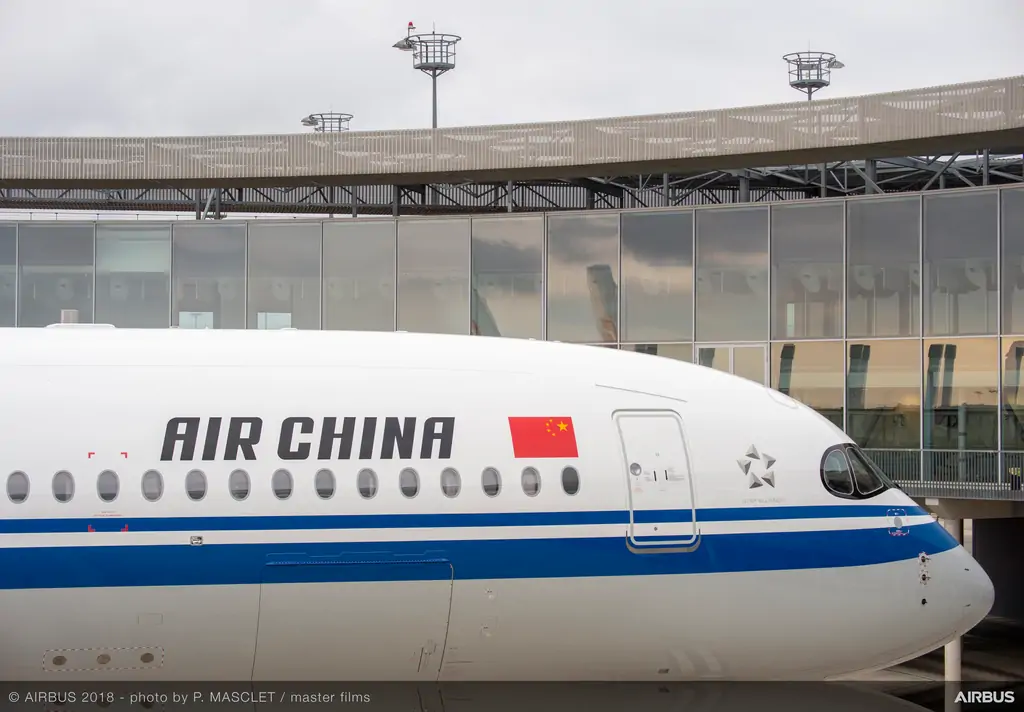
Air China, one of China's leading airlines, has announced its intention to raise up to CNY 7.8 billion yuan (USD 1.1 billion) through a private share placement, as disclosed in a stock market filing on December 22, 2023. The funds raised are earmarked for acquiring new aircraft and boosting the airline's working capital.
Aircraft Acquisitions Strategy
While the filing did not provide specific details regarding the aircraft acquisitions, it outlined Air China's broader strategy. The company aims to optimize its fleet structure, expand the fleet size, strengthen security assurance capabilities, and enhance the competitive advantage of its principal air transport business. The plan is aligned with the acceleration of the company's strategic planning.
Chinese language news outlets have reported that CNY 4.2 billion (USD 596 million) of the funds will be allocated to the purchase of 17 aircraft. This includes six units of the domestically developed C919 aircraft and eleven ARJ21-700s. The deliveries for these aircraft are expected to be spread across the years 2024 and 2025.
Focus on Fleet Enhancement and Expansion
Air China's decision to acquire the domestically manufactured C919 and ARJ21-700 aircraft indicates a commitment to supporting and showcasing China's homegrown aviation technology. The C919, a narrow-body airliner developed by Commercial Aircraft Corporation of China (COMAC), and the ARJ21-700, a regional jet also produced by COMAC, represent advancements in China's efforts to compete in the global aviation market.
Utilization of Funds Beyond Aircraft Acquisitions
Beyond the aircraft acquisitions, the filing outlines the diverse use of the remaining funds. A significant portion will be allocated to replenishing working capital, thereby providing the airline with the necessary financial flexibility for its operations. The funds will also be directed towards improving the capital structure, strengthening financial soundness, and enhancing comprehensive risk resistance capabilities.
Boosting Market Confidence
The private share placement is not only a strategic move to fund crucial aspects of Air China's operations but also serves to boost market confidence. By demonstrating a commitment to fleet optimization, expansion, and financial stability, Air China aims to reassure investors and stakeholders about its long-term sustainability and growth prospects.
Conclusion
Air China's decision to raise funds through a private share placement for aircraft acquisitions and working capital underscores the airline's strategic vision and commitment to staying competitive in the dynamic aviation industry. The acquisition of both the C919 and ARJ21-700 showcases a dedication to supporting China's aviation advancements while meeting the demands of a growing air travel market. As the funds are deployed and the aircraft acquisitions unfold, the industry will be closely watching how Air China's strategic moves contribute to its position in the global aviation landscape.
With Inputs from ch-aviation
Read next
In a significant development for the Russian aviation industry, the Federal Air Transport Agency (Rosaviatsia) has granted approval for the updated airframe of the SJ-100 aircraft. The approval marks a crucial milestone for the United Aircraft Corporation (UAC), a part of Rostec, as it allows for the production of the SJ-100, an import-substituted version of the Sukhoi SuperJet 100. This modified version incorporates Russian systems and assemblies, aligning with the country's goal of achieving greater self-sufficiency in its aviation sector.
Production Ready & Certification Process
With the regulatory green light, UAC Deputy General Director for Civil Aviation, Andrey Boginsky, announced that the production of the SJ-100 can now shift gears, leveraging the serial design documentation. The first aircraft is expected to be delivered and operational in 2024. This move reinforces Russia's commitment to advancing its domestic aviation capabilities and reducing dependence on foreign technologies.
Boginsky emphasized the upcoming steps in the certification process, highlighting the need for the approval of import-substituted systems and the PD-8 propulsion system integral to the SJ-100. He revealed that collaboration with suppliers is ongoing to expedite the certification process, underscoring the significance of these efforts in ensuring the aircraft's compliance with aviation standards.
Prototype Success and Future Milestones
The journey towards a fully localized SJ-100 began with a prototype featuring Franco-Russian SaM146 engines taking its inaugural flight in August of the preceding year. According to UAC head Yuri Slyusar, the next critical step involves the first flight of a fully localized SJ-100 equipped with Russian PD-8 engines, anticipated in early 2024. This achievement sets the stage for serial deliveries slated to commence later in the same year, with the national carrier, Aeroflot, expected to be the initial recipient.
Strategic Implications
The development and approval of the updated airframe signify not only technological progress but also carry strategic implications for Russia's aviation industry. The import substitution approach aligns with the broader national agenda of achieving self-reliance in critical sectors. By incorporating indigenous systems and assemblies, the SJ-100 project becomes a symbol of Russia's commitment to fostering a robust and self-sufficient aerospace sector.
Conclusion
The approval from Rosaviatsia for the updated airframe of the SJ-100 aircraft marks a pivotal moment in Russia's pursuit of a more self-reliant and technologically advanced aviation industry. As the production gears up and the certification process advances, the SJ-100 project is poised to contribute significantly to the country's aerospace capabilities.
The successful integration of Russian systems and assemblies into the aircraft reflects a strategic shift towards reducing dependence on foreign technologies and fostering domestic innovation in the aviation sector. The upcoming months hold promise for the aviation enthusiasts and industry observers, as the first fully localized SJ-100 prepares to take flight and contribute to Russia's aerospace legacy.
With Inputs from Interfax
Read next
In a recent development, Boeing has issued an alert regarding the rudder system of its 737 MAX aircraft, prompting airlines worldwide, including those in India, to conduct inspections for possible loose bolts. The Directorate General of Civil Aviation (DGCA), India's aviation regulator, is closely monitoring the situation, collaborating with affected airlines, Boeing, and the Federal Aviation Administration (FAA).
Background & Indian Aviation Regulator's Response
Boeing issued a Multi-Operator Message (MOM) globally, urging all MAX operators to inspect their rudder systems within the next two weeks. The alert was issued in consultation with the FAA, following an alarming discovery during routine maintenance by an unnamed operator. The incident involved a bolt found without a nut in the rudder system, prompting immediate action from Boeing.
The DGCA has been actively engaged in addressing the issue, emphasizing that such concerns are not new and are addressed through service bulletins issued by Boeing. The regulator highlighted ongoing communication with Boeing, FAA, and Indian airline operators to ensure the safety of the 737 MAX fleet.
Airline Responses & Fleet-Wide Inspection Details
Despite the inspection process, SpiceJet and Akasa Air, two prominent 737 MAX operators in India, have reassured the public that their operations remain unaffected. SpiceJet's spokesperson mentioned that each aircraft's inspection takes less than two hours, while Akasa Air confirmed the proper execution of inspections with no impact on their operational or delivery schedules.
Boeing's official statement acknowledges the identification and resolution of the issue on the specific airplane that triggered the inspection. However, as a precautionary measure, the company is recommending all 737 MAX operators to inspect their aircraft and report any findings. The FAA is actively involved in coordinating efforts with Boeing and airlines globally.
737 MAX Presence in India
As of early 2024, three Indian carriers operate the 737 MAX. Akasa Air, with 22 MAXs, leads the fleet, followed by Air India Express with nine units and SpiceJet with 13. Despite its modest current presence, the 737 MAX is anticipated to become a prevalent aircraft type in the Indian aviation landscape. Air India's order for 190 MAXs, including both the -8 and -9 variants, and the significant number of pending deliveries for Akasa Air and SpiceJet, underscore the aircraft's future prominence.
Conclusion
The recent alert from Boeing regarding the 737 MAX rudder system has led to a coordinated effort among Indian airlines, aviation regulators, and the aircraft manufacturer to ensure the safety of the fleet. The proactive response from the DGCA and the airlines involved reflects a commitment to maintaining the highest standards of safety in the aviation industry. As inspections progress and any necessary actions are taken, passengers can trust that safety remains the top priority for all stakeholders involved in the operation of the 737 MAX aircraft in India.
Read next
In the dynamic world of aviation, punctuality stands as a crucial benchmark for customer satisfaction. Cirium Aviation Analytics, in its annual review for 2023, has unveiled the most punctual airlines globally and regionally. India's IndiGo emerges as a standout performer, securing the 4th position in the Asia-Pacific region with an impressive On-Time Performance (OTP) of 82.12%.
IndiGo's Noteworthy Achievement & DGCA's Validation
IndiGo's recognition as the only Indian airline in the top five and the sole representative from the country in the Asia-Pacific's top 10 underscores its commitment to operational excellence. The competition was fierce, with IndiGo facing a marginal difference in OTP compared to the three airlines that secured higher positions.
Further validation comes from the Directorate General of Civil Aviation (DGCA) in India, which provides insights into IndiGo's performance throughout 2023. The data reveals a neck-and-neck race between IndiGo and Akasa Airlines in the first half of the year. IndiGo's consistency, particularly in the second half, solidified its position as a punctuality leader, with notable victories in July, August, September, and October.
Operational Strategies & Growth Amid Punctuality
IndiGo's success is not only attributed to its commitment but also to innovative strategies aimed at enhancing efficiency. The airline's quick turnaround times, a critical aspect of punctuality, have been a focal point. In August 2022, IndiGo introduced the use of an additional door at the front of its aircraft, resulting in a 3 to 5-minute reduction in turnaround time. This strategy was implemented across major airports, including Delhi, Mumbai, and Bengaluru, with plans for a broader rollout.
Remarkably, IndiGo has managed to balance its pursuit of punctuality with substantial operational growth. In November 2023, the airline achieved a significant milestone by surpassing 2,000 scheduled flights per day. This encompassed passenger operations, cargo, and military charters, showcasing IndiGo's capability to manage a high frequency of flights while maintaining punctuality.
Passenger Milestone
A testament to its operational prowess, IndiGo set another milestone by becoming the first Indian airline to transport over 100 million passengers in a year. This accomplishment, achieved in December 2023, reinforces IndiGo's status not only as a punctuality leader but also as a preferred choice for a vast number of air travelers.
Conclusion
IndiGo's remarkable performance in the Cirium rankings for 2023 and its consistency in DGCA's data underline the airline's unwavering commitment to punctuality. With innovative operational strategies and sustained growth, IndiGo has proven that punctuality and operational efficiency can go hand in hand, making it a standout player in the competitive aviation landscape.



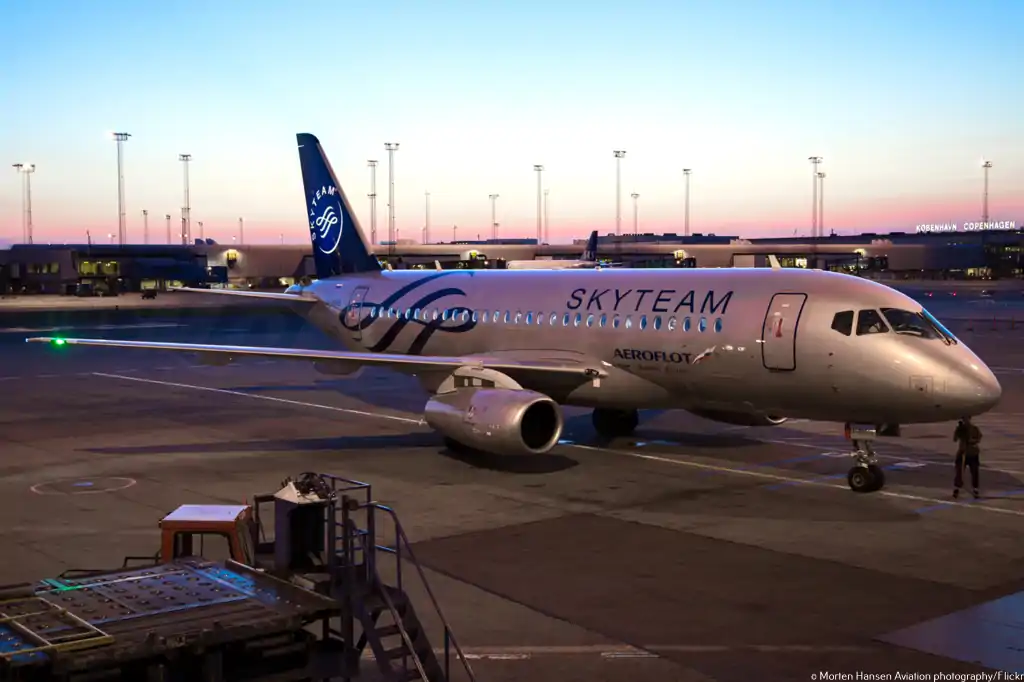
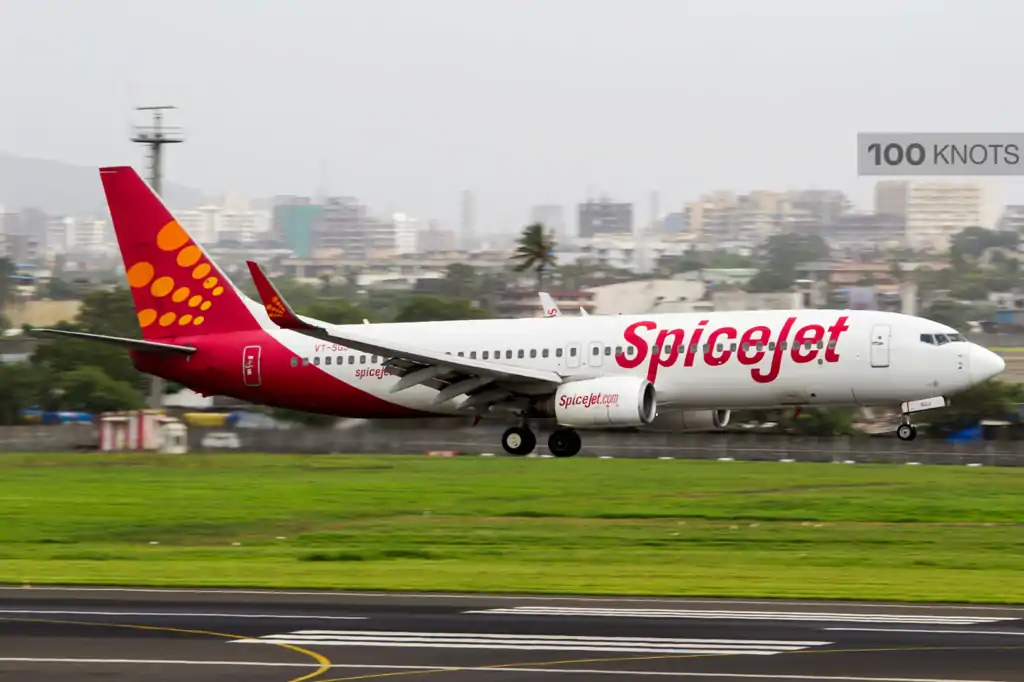
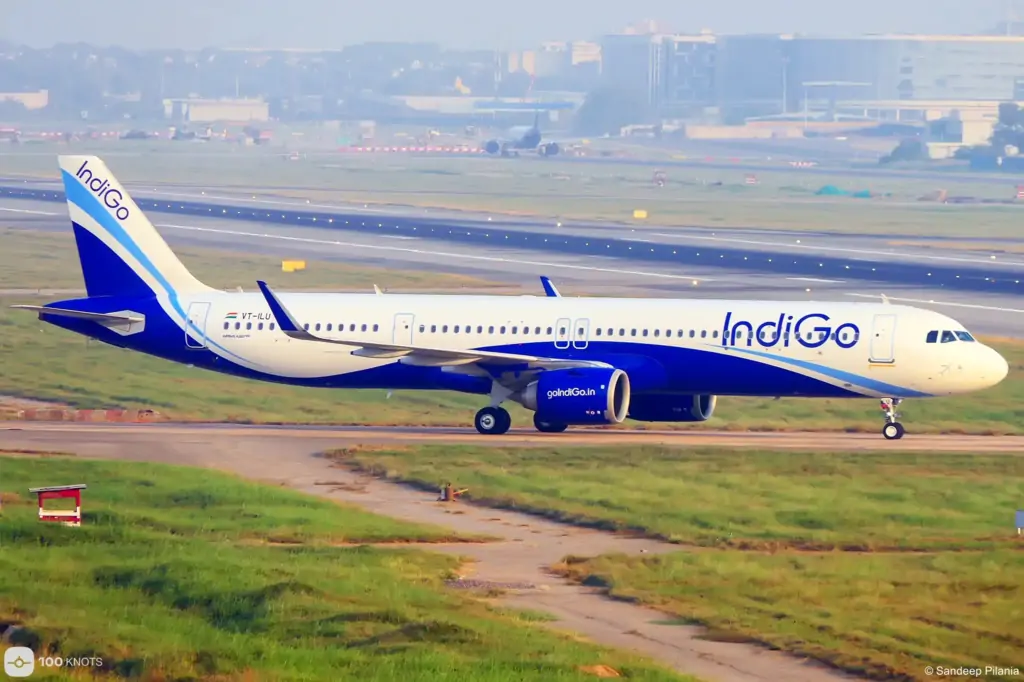
Comment